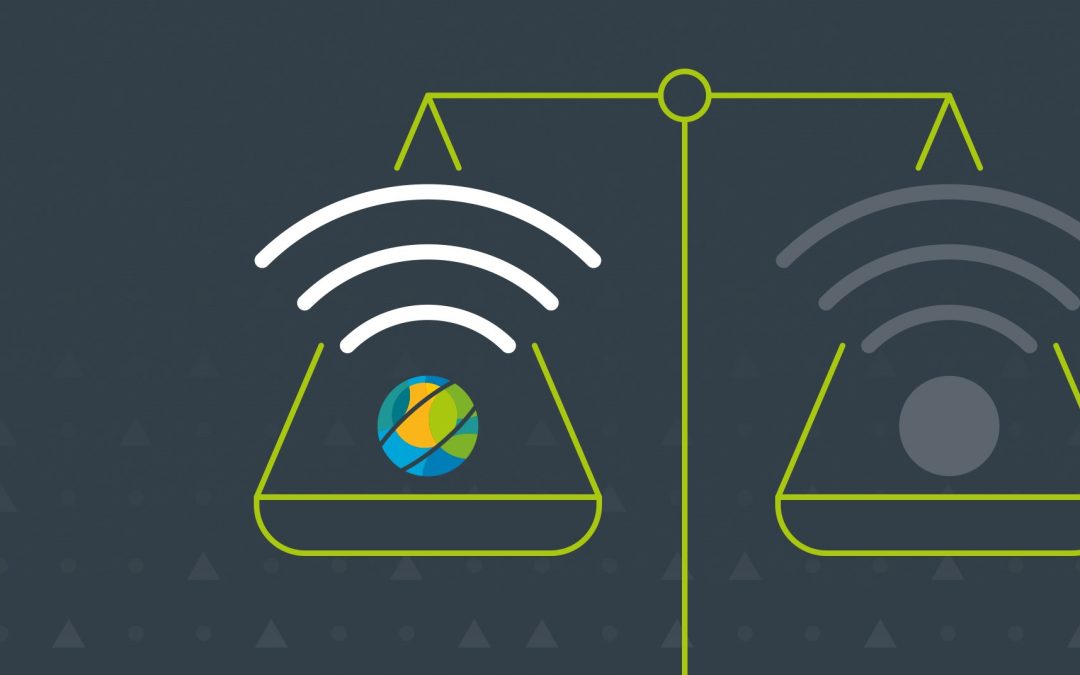In today’s high-precision world, Real-Time Kinematic (RTK) signals are indispensable for applications requiring pinpoint accuracy. Whether you’re involved in agriculture, surveying, construction, or autonomous navigation, choosing the right RTK signal provider is crucial. But with numerous providers in the market, how do you know which one to choose? This guide explores the key features and factors to consider when selecting an RTK signal provider, emphasizing the importance of accuracy, reliability, and coverage.
Key Features to Consider
1. Accuracy
Accuracy is the cornerstone of RTK services. The primary reason for opting for RTK technology over standard GNSS is to achieve centimeter-level precision. When evaluating providers, consider:
- Correction Data Quality: The quality of correction data provided by the reference station significantly impacts the rover’s positional accuracy. Ensure the provider uses high-quality, well-maintained reference stations.
- Latency: Lower latency means faster data transmission, which is crucial for real-time applications. Providers with low-latency networks offer quicker corrections, improving overall accuracy.
2. Reliability
Reliability ensures that you receive consistent and dependable RTK signals. Inconsistent service can lead to downtime and inaccuracies, which can be costly and time-consuming. Consider:
- Uptime: Look for providers that offer high uptime performance, ensuring that their service is available when you need it.
- Redundancy: Providers with multiple reference stations and backup systems can maintain service continuity even if one station fails.
- Service Support: Reliable customer support can help troubleshoot issues quickly, minimizing downtime. Ensure the provider offers robust support channels.
3. Coverage
Coverage determines where you can use the RTK service. For global or regional applications, comprehensive coverage is essential. Evaluate:
- Geographical Coverage: Check if the provider covers the areas where you operate. Some providers have extensive networks covering large regions or even globally, while others may be more localized. Unsure? Ask for your local base position!
- Network Density: A higher density of reference stations within the coverage area generally leads to better accuracy and reliability.
Additional Factors to Consider
1. Cost
Cost is always a consideration when choosing any service. While it’s important to find a provider that fits your budget, remember that the cheapest option isn’t always the best. Balance cost with the level of service provided, considering the long-term benefits of accuracy and reliability.
2. Compatibility
Ensure the RTK service is compatible with your existing equipment and systems. Some providers may require specific hardware or software, so check for compatibility to avoid additional costs or integration issues.
3. Flexibility
Look for providers that offer flexible service plans tailored to your needs. Whether you need short-term access for a specific project or long-term service, flexible plans can save you money and provide the necessary level of service.
4. User Reviews and Reputation
Research user reviews and testimonials to gauge the provider’s reputation. Feedback from other users in your industry can provide valuable insights into the provider’s performance and reliability.
Importance of Accuracy, Reliability, and Coverage
Accuracy
Accuracy ensures that your operations are precise, reducing errors and increasing efficiency. In agriculture, this means optimized planting and reduced waste. In surveying, it means accurate mapping and reduced rework. Accurate positioning is critical for the success of your projects.
Reliability
Reliability ensures that your RTK service is available when you need it, preventing costly downtime. Consistent service means you can trust the RTK signals for critical operations, whether it’s guiding autonomous vehicles or conducting precise measurements in construction.
Coverage
Coverage ensures that you can use the RTK service in all your operational areas. Whether you’re working in remote locations or urban environments, comprehensive coverage means you won’t be left without precise positioning capabilities.
Conclusion
Choosing the right RTK signal provider is crucial for achieving the precision, reliability, and coverage necessary for your operations. By considering factors such as accuracy, reliability, coverage, cost, compatibility, service plans, and user reviews, you can make an informed decision that meets your specific needs. The right provider will not only enhance your productivity but also ensure the success and efficiency of your precision-dependent projects.


